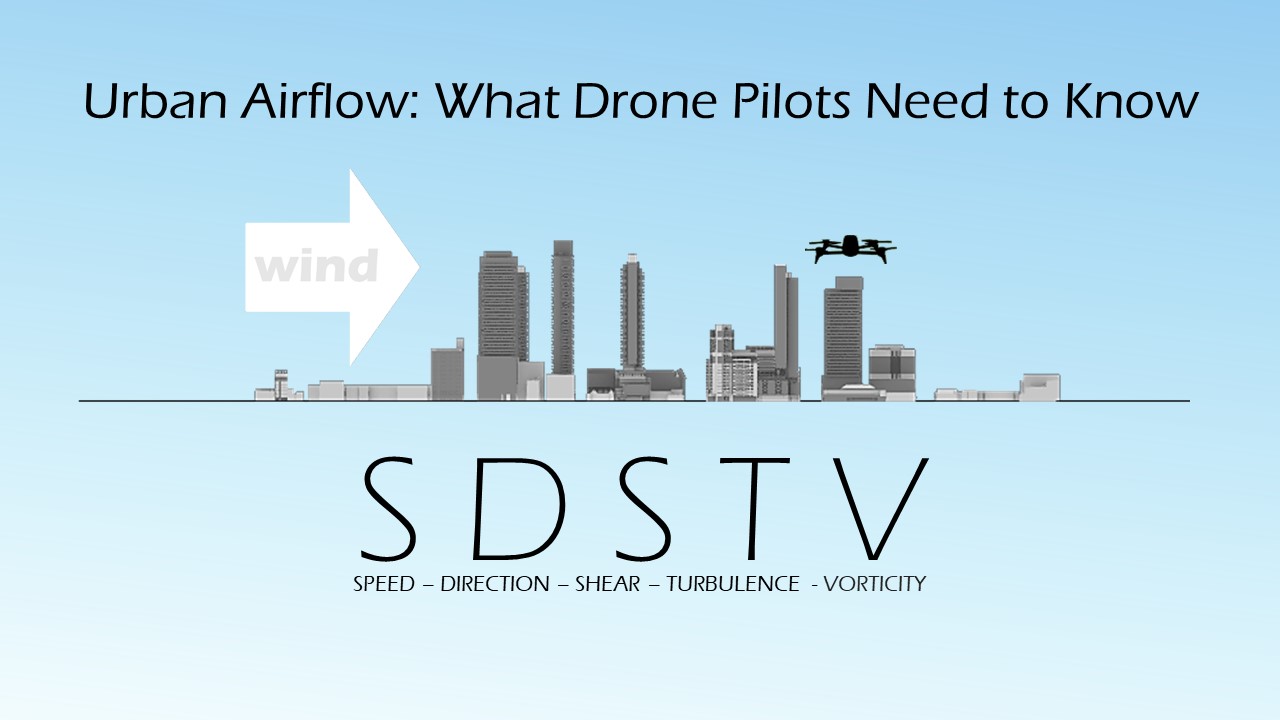Once you know the rules and are ready to fly, these best practices will help you fly safe and smart.
On this page
Tips for first-time pilots
- Make sure it is safe to fly (ask yourself, for example: are the batteries fully charged? Is it too cold or windy to fly?)
- Fly your drone with someone who has flown a drone before
- Fly your drone in an open space and away from people
- Fly your drone close to the ground and at a low speed
- Fly your drone during daylight and in good weather
Public liability insurance
We recommend buying public liability insurance for your drone. However, it is not required. Note that most standard home insurance policies do not cover the use of drones.
Urban airflow
Flying in urban areas can be much more complex than flying in an open field.
This video provides awareness to RPAS users on the complex airflows within urban environments, caused by interactions between the wind and the structures. Provided you are authorized to fly in this environment, the range of flow types shown in this video may be within the flight path of your remotely piloted aircraft.
Supporting research document: Urban airflow: what drone pilots need to know - NRC Publications Archive - Canada.ca
Urban Airflow: What Drone Pilots Need to Know
